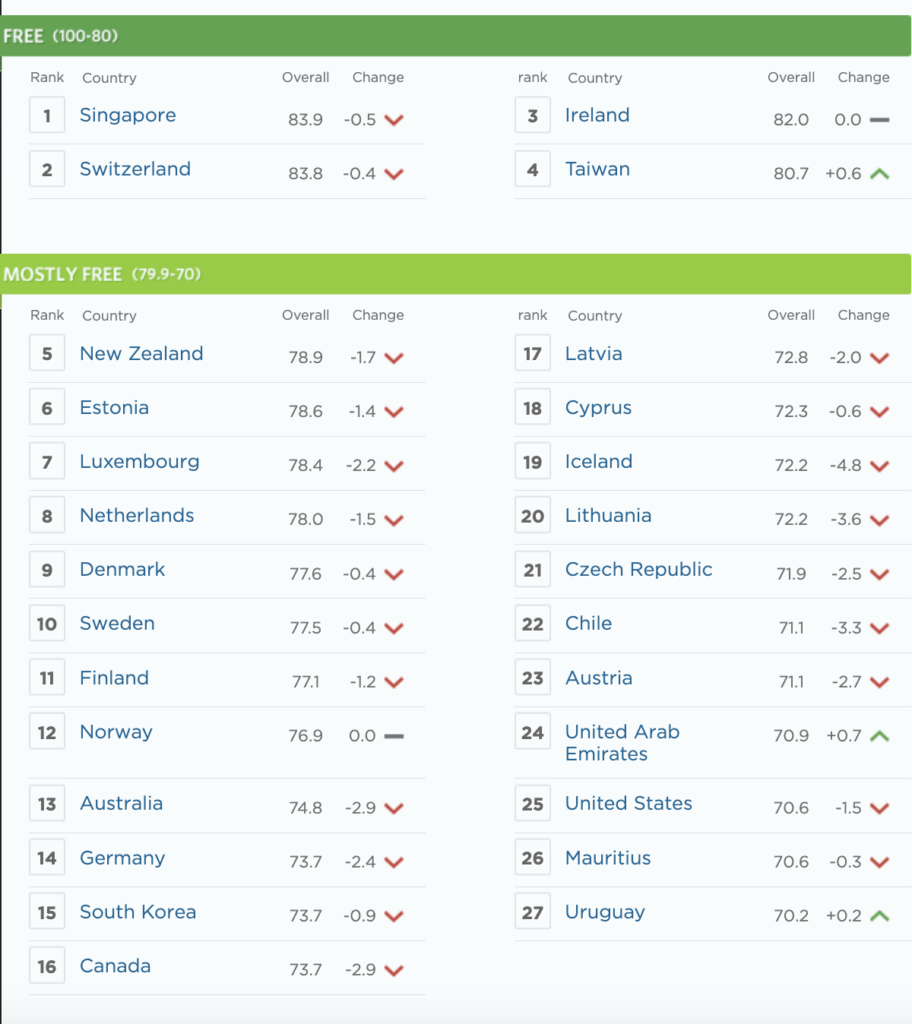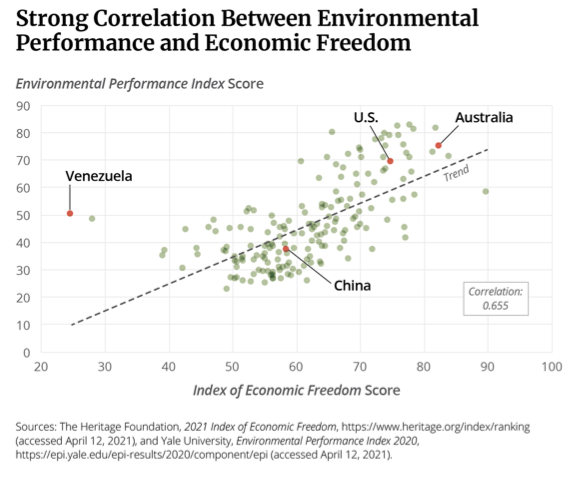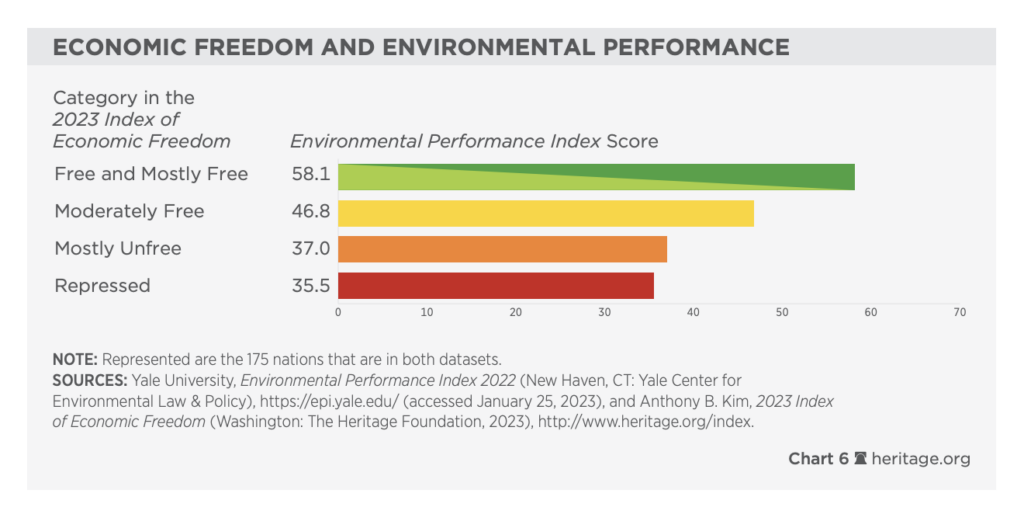Economic Freedom and Environmentalism: Friend or Foe?
"But this begs the question, is it true that economic freedom and a healthy environment are incompatible?"
As the Director of the Center for New Frontiers, I constantly advocate for reforms that will open new frontiers for economic freedom, enabling Montanans to build and create an abundant future.
However, this vision is sometimes met with skepticism. Like clockwork, I often encounter comments suggesting that the pursuit of economic freedom will inevitably harm the environment.
These are certainly well-founded concerns, especially in Montana, where our state’s pristine landscape is a source of pride. I, too, want my children to experience the same pristine rivers, bright blue skies, and snow-covered peaks that we see today.
But this begs the question, is it true that economic freedom and a healthy environment are incompatible?
The answer, while inconvenient for those opposed to economic freedom, is that the two are absolutely compatible – and the research makes this 100% clear.
Throughout the coming year, I will delve into this research, and demonstrate how advancing economic freedom is among the most effective strategies for tackling our most pressing environmental challenges.
To provide a baseline understanding of these concepts I will be referencing the comprehensive report: Free Economies are Clean Economies by C3 Solutions.
Background
What is Economic Freedom?
Economic Freedom is broadly understood to be the degree to which individuals in a society are free to work, produce, consume, invest, contract with others, and use property, free from excessive coercion and with equal treatment before the law.
How should Economic Freedom be measured?
One of the most recognized measures is the Index of Economic Freedom (IEF), which measures Economic Freedom through 12 quantitative and qualitative factors grouped into four categories:
- Rule of Law: property rights, government integrity, judicial effectiveness
- Government Size: government spending, tax burden, fiscal health
- Regulatory Efficiency: business freedom, labor freedom, monetary freedom
- Open Markets: trade freedom, investment freedom, financial freedom
Scores range from 0 (repressed) to 100 (free). In 2023, the United States received a score of 70.6 and came in 25th globally.
How should positive environmental outcomes be measured?
While there are several potential measures, one of the most commonly relied-on measures for environmental outcomes is Yale University’s Environmental Performance Index (EPI). The EPI measures 40 factors across 11 categories seen in the graphic below:
How does Economic Freedom impact Environmental Outcomes?
By comparing a country’s EFI score and its EPI score, we can begin to see the strong correlation between the two:
Viewed another way, countries with higher degrees of economic freedom tend to have better environmental outcomes:
Besides the C3 Solutions analysis, Yale’s own EPI report found that:
“These results offer some support for the hypothesis that economic [freedom] and open markets are associated with improvements in environmental quality. Economic [freedom] may enable better environmental performance by fostering technological innovation and spurring companies to undertake voluntary sustainability commitments.”
Conclusion
While the mechanism of why economic freedom leads to better environmental outcomes might not be immediately clear to you, this series will help make them abundantly clear. By its conclusion, you might just find yourself agreeing that the incentives, prosperity, and accountability that come from economic freedom make it the best tool for improving the environment around us.
Don’t miss out on future installments, subscribe to our newsletter and get these columns delivered straight to you!




